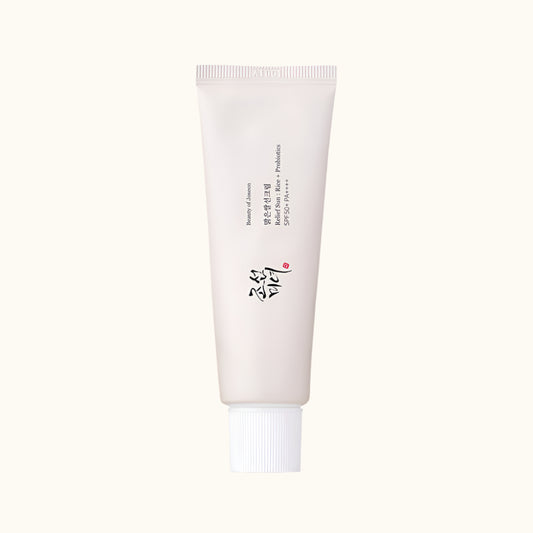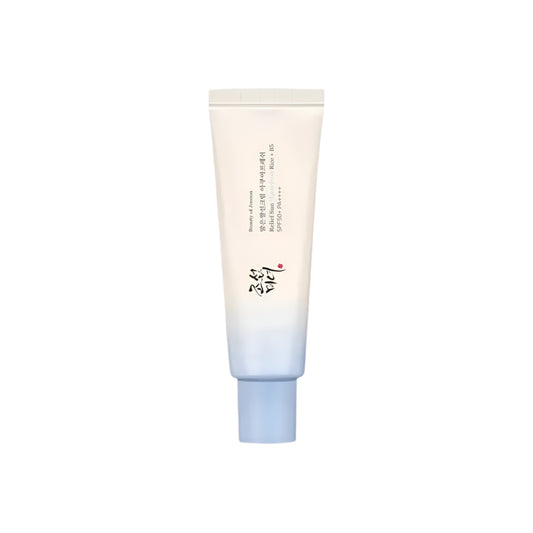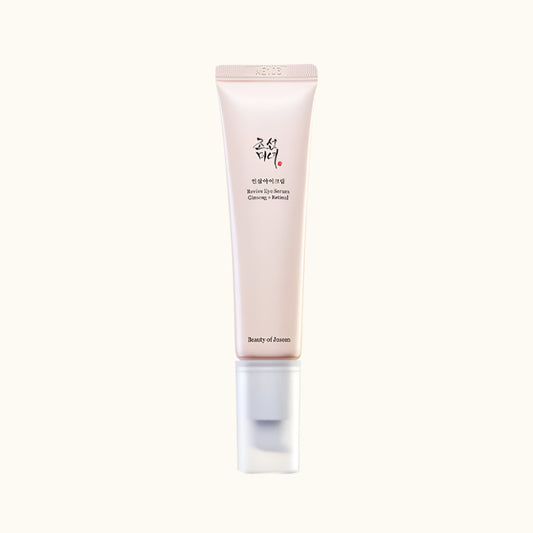What is Pillow Acne?
Pillow acne refers to breakouts caused by frequent contact with a pillowcase that accumulates dirt, oil, bacteria, and impurities over time. This buildup can transfer to the skin that is responsible for clogging pores and leading to acne.
How Pillowcases Contribute to Acne ?
- Bacteria and Oil Build-Up: Pillowcases collect bacteria, sweat, skin oils, and dead skincells. These substances can transfer to your skin each night, potentially causing
breakouts. - Allergens and Dust Mites: Dust mites and allergens can settle on pillowcases. sensitive skin gets irritated easily that contributes to acne.
- Product Residue: Hair products, lotions, and even certain laundry detergents can leave residues on pillowcases. Thus pore clogging and skin irritation happens.
Common Areas Affected by Pillow Acne :
Pillow acne usually appears in areas that come into the most contact with the pillowcase, like the cheeks, jawline, and neck.
Tips for Preventing Pillow Acne
- Wash Pillowcases Regularly: Clean pillowcases at least once a week using a gentle,
fragrance-free detergent to minimize skin irritation.
- Use Clean Towels and Sheets: A clean sleep environment is key; change sheets and
towels regularly to prevent the spread of bacteria.
-Choose Skin-Friendly Materials: Silk or satin pillowcases are gentler on the skin and
can reduce friction, unlike traditional cotton.
-Switch Sleeping Positions: Try sleeping on your back to minimize facial contact with the pillowcase, reducing the risk of acne.
Skin Care Routine to Prevent Pillow Acne
- Nightly Cleansing: Cleanse your face thoroughly before bed to remove dirt, oil, and
makeup.
-Non-Comedogenic Products: Choose non-comedogenic skincare and haircare products
to reduce residue on your pillow.
-Regular Exfoliation: Mild exfoliation keeps pores clear and minimizes clogged pores,
reducing the risk of acne.
Pillow Hygiene Tips:
Use Multiple Pillowcases: Rotate pillowcases throughout the week to keep a fresh
surface for your skin.
- Avoid Heavy Fabric Softeners: Some fabric softeners and scented detergents can leave residues that may irritate the skin.
- Wash Pillow Inserts: If possible, wash pillow inserts occasionally to reduce allergens
and dust mites.
Product Recommendations
Pillowcases for Acne-Prone Skin: Consider silver-infused or antibacterial pillowcases,
which are designed to minimize bacteria buildup.
Fragrance-Free Detergents: Use gentle, fragrance-free detergents to prevent potential skin irritation.
When to Seek Professional Help
If pillow acne persists or becomes severe, it’s a good idea to see a dermatologist for targeted treatments. A dermatologist can help determine if other factors are contributing to acne and may suggest more effective treatment options.







